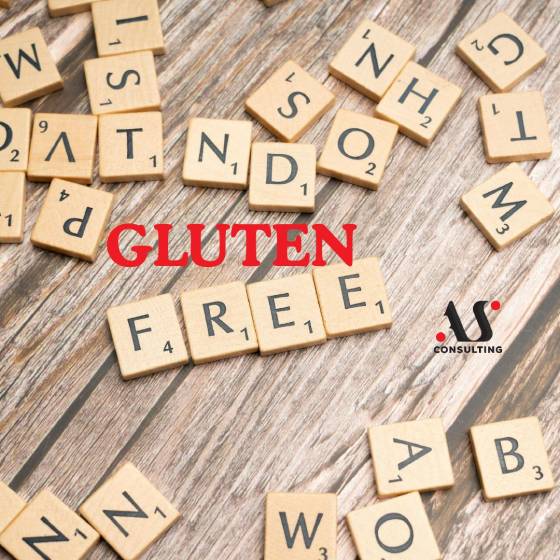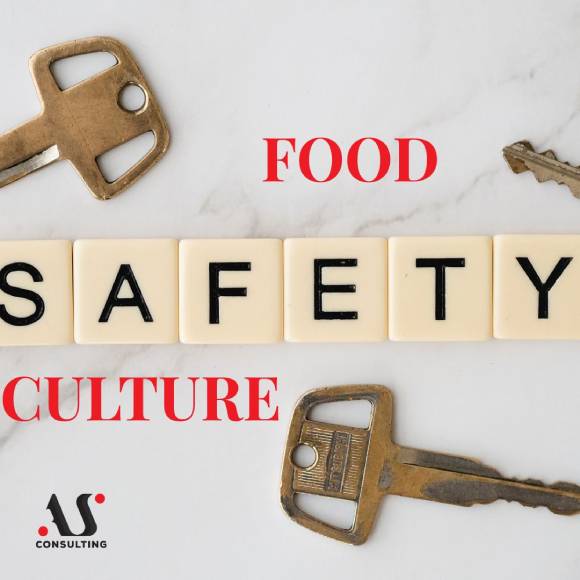
GLUTEN FREE (with a view to the BRC Gluten free standard)
December 20, 2022
COMPRESSED AIR IN THE FOOD INDUSTRY
January 5, 2023The packaging in which the food is placed primarily has the role of protecting the food from chemical, physical and other environmental factors, but also to attract the customer to buy the same product: a large number of customers evaluate the quality of the product based on the packaging.
Although we have the impression that packaging materials were created in the modern age, this is actually not the case: as far back as ancient Egypt, glass materials were used to store food and drinks; in ancient China, the use of paper packaging began, while in the Middle Ages, the use of wooden barrels and crates spread, especially for transoceanic transport. During the industrial revolution, the development of modern types of packaging, which are still used today, began, such as: metal cans (1810); cardboard boxes (1817); cellophane (1908); saran wraps-PVDC (1933); PET bottles (1973) etc.
Today, the packaging industry focuses on food safety as well as sustainability: efforts are being made to reduce the impact of the packaging industry on the environment. Today’s sustainable packaging such as biodegradable and edible demonstrates the packaging industry’s efforts and ability to adapt to the ever-changing needs and concerns of consumers.
TYPES OF FOOD PACKAGING: LEGISLATION
Today, legislation regulates which materials can be brought into direct contact with food, as well as the permitted amounts of chemical substances that can be found in packaging or that can transfer from packaging to food without endangering people’s health.
EU Regulation 1935/2004 of 27.10.2004. includes all materials and articles intended to come into contact with food. The regulation ensures that materials in contact with food do not endanger human health, nor change the composition, smell or taste of the food product.
EU Regulation 10/2011 of 14.11.2011. establishes safety requirements for plastic materials and articles intended to come into contact with food. This regulation is a special measure for plastic materials in contact with food.
Let’s clarify a term often used today: “migration“: Migration is the transfer of chemical contaminants into food from materials that are in contact with food.
That is why migration testing is regulated by legislation. It is an analysis performed on plastic and polymer products that come into contact with food in order to determine whether chemical substances are transferred from packaging and materials in contact with food into food.
Food simulants are used for migration testing: A food simulant is a chemical with characteristics similar to different food categories (aqueous, acidic, alcoholic, milk, oil and fat, and dry food).
According to EU Regulation 10/2011, the migration test is performed in model solutions:
| A | Ethanol 10 % (v/v) | Hydrophilic food, pH higher than 4.5 |
| B | Acetic acid 3 % (m/v) | Hydrophilic food, pH lower than 4.5 |
| C | Ethanol 20 % (v/v) | Alcoholic foods with an alcohol content of up to 20% and for those foods that contain a significant amount of organic ingredients that make the food more lipophilic. |
| D1 | Ethanol 50 % (v/v) | it is used for alcoholic foods with an alcohol content above 20% and for oil-in-water emulsions |
| D2 | Vegetable oil | it is used for foods that contain free fats on the surface |
| E | poly(2,6-diphenyl-p-phenylene oxide), particle size 60-80 mesh, pore size 200 nm | For dry food |
DECLARATION OF CONFORMITY
We continue to encounter misunderstanding when it comes to the legal and standard requirements related to the declaration of conformity of the packaging.
Declaration of compliance for packaging materials (Ceclaration of conformity-DoC) is a document issued by the manufacturer of packaging that contains information about material in contact with food or products in contact with food. The purpose of the DoC is to demonstrate that the product is fully compliant with specific regulations and to specify the test methods applied to prove this. Ultimately, it comes down to demonstrating that the food contact product is safe and does not contain or transfer restricted chemicals or heavy metals.
The necessary elements that the DoC must contain are:
• importer/producer
•Product name
• List of materials/components
• A statement declaring that the product complies with certain regulations
• Information on substances
• Types of food with which the material is designed for contact
• Weather and temperature
• Information on test methods

QUALITY AND SAFETY STANDARDS OF PACKAGING USED FOR FOOD PACKAGING
There are a large number of standards that deal with the quality and safety of packaging used for food packaging, and we will mention here:
1. IFS Pac Secure:
A standard that supports legal and customer requirements related to the production and conversion process of packaging materials regarding product safety and quality. The standard is applicable to the production, processing/conversion of packaging components/materials intended for use as primary or secondary packaging in food, cosmetics, household and personal care products.
The standard has the classic structure of the IFS standard, as well as 10 KO requirements: Management and commitment; Monitoring system of each CCP; Personal hygiene; Specifications of raw materials; Product formulas / configuration; Reducing the risk of foreign material; Traceability; Internal checks; Withdrawal and revocation procedure; Corrective actions.
2. BRC Packaging:
A global standard for packaging materials that helps a site produce products of appropriate quality, authenticity and compliance with legal requirements. The standard is applicable to:
• production of packaging materials for conversion or printing
• Supply of packaging materials from stock where additional processing or repacking of products occurs
• Production and delivery of other unconverted or semi-converted and used or incorporated material
The standard has the classic structure of the BRC standard and consists of requirements: responsibility of senior management; HACCP; product quality and safety management; site standards; product and process control; Staff.
3. FSSC22000:
FSSC 22000 is applicable to all organizations that produce primary and secondary food and feed packaging and/or intermediate components, such as:
- Flexible and rigid plastics, such as foils, blisters, boxes, bags
- Paper, such as cartons, boxes, bags
- Metal, such as cans, bottles, boxes
- Glass, such as jars, bottles
- Shipping and transport containers, such as large bags, drums, tanks
The standard has a classic structure and requirements of the FSSC22000 standard:
• requirements of the ISO22000 standard
• Prerequisite Programs (PRPs), such as Good Manufacturing Practice, as detailed in ISO/TS 22002-4 specific to packaging.
• Specific requirements of FSSC22000
IF YOU NEED HELP WITH THE IMPLEMENTATION OF SOME OF THE STANDARDS OF QUALITY MANAGEMENT AND SAFETY OF PACKAGING MATERIALS, YOU CAN CONTACT OUR AGENCY!!!!




